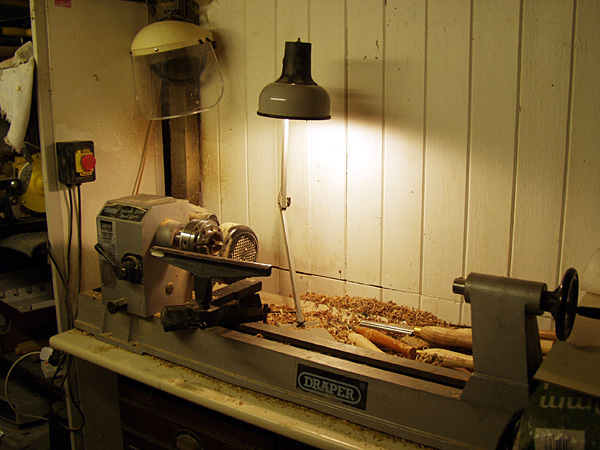Dibs-h
Established Member
Wondering round Harrogate for the last several yrs and soon to be moving into my workshop - thoughts have turned to turning.
What should one look for in a lathe for a beginner - if I get on well, then one could upgrade, so I'm not looking for the "final" machine.
Are there any machines that one should stay away from? In all probability, it'll end up being a used machine as opposed to a new one..
What should one look for in a lathe for a beginner - if I get on well, then one could upgrade, so I'm not looking for the "final" machine.
Are there any machines that one should stay away from? In all probability, it'll end up being a used machine as opposed to a new one..

































